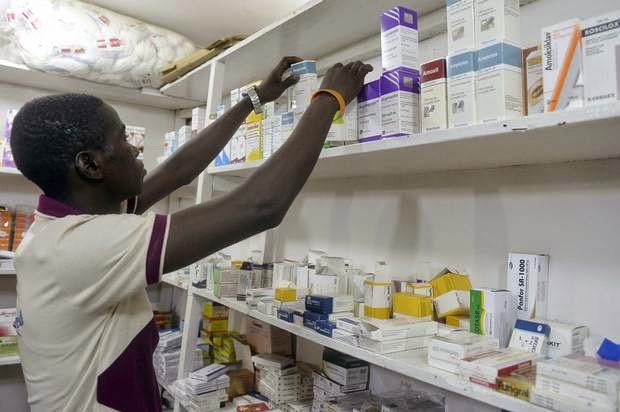The experimental treatment given to two American patients infected with the Ebola virus has its roots in a therapy devised more than 100 years ago — serum.

Back in the late 1800s doctors discovered they could sometimes save patients suffering from deadly diseases, like diphtheria and tetanus, by injecting them with serum derived from the blood of people who had somehow been able to fight off infections with those bugs on their own.
The process has modernized to be sure. ZMapp, the treatment given to Dr. Kent Brantly and Nancy Writebol after they were infected while treating patients at a missionary clinic in Liberia, is made of three “humanized” mouse monoclonal antibodies, immune system proteins grown in genetically engineered tobacco plants that can home in specifically on a microbe.
But the concept stems from early treatments with serum, the clear yellowish fluid left over once red and white blood cells and platelets have been removed. It is rich in antibodies, basically holding a history of every disease that the donor has been infected with and overcome.
While the initial serum donors were human, scientists soon discovered that they could cure a variety of infections with sera from animals, especially horses. If you see photos of pharmaceutical companies earlier in the century you’d see that they were located on farms, says Dr. Arturo Casadevall, professor and chair of the department of microbiology and immunology at the Albert Einstein College of Medicine in New York.
Eventually antibiotics and vaccines displaced sera as therapies for many diseases, Casadevall says. But in cases where there was no other treatment, serum was still necessary. In fact, serum treatments are still used for rabies, Casadevall says.
In a new twist on an old therapy, scientists in the ’70s started isolating specific antibodies to neutralize diseases. And often there wasn’t just one antibody per disease, since antibodies can be targeted to different spots on a virus or bacterium. So three or four completely different antibodies might be aimed at destroying a particular disease.
Antibodies are made when the scout cells of the immune system — human or animal — spot a foreign substance. After gobbling the invader up, these cells break it into pieces and then drag the pieces off to the immune system’s main army so it can mount a defense against the perceived threat.
Once those antibodies have been found, scientists next have to find the specific immune cells that made them, says Kelly Stefano Cole, an associate professor of immunology and associate director of the University of Pittsburgh Center For Vaccine Research’s Regional Biocontainment Laboratory.
Scientists then turn the immune cells into little factories — often by combining them with special cancer cells. The combination makes the immune cells immortal and also dramatically boosts their ability to produce antibodies, Cole says.
While a lot of the monoclonal antibodies come from humans, some still come from animals, including mice, Casadevall says. In fact, mice don’t need to even get the disease in order to mount an immune response, which includes the manufacture of antibodies against it, he adds.
Rheumatic diseases are routinely treated with monoclonals, and a monoclonal that neutralizes IgE is used in severe asthma.
“Infectious disease is where antibody treatments were pioneered,” Casadevall said. “But now there are dozens of monoclonals licensed for use in cancer. It’s had an enormous impact on cancer over the last 15 years since it was introduced. It’s been effective in the treatment of breast cancer and colon cancer.”
Why the two Americans were chosen for this treatment, while many others are sick with Ebola in Africa, was unclear.
“While the FDA cannot comment on the development of specific medical products, it’s important to note that every FDA regulatory decision is based on a risk-benefit assessment that includes the context of use for the product and the patient population being studied,” said Stephanie Yao, a spokesperson for the FDA
Source: nbc news



